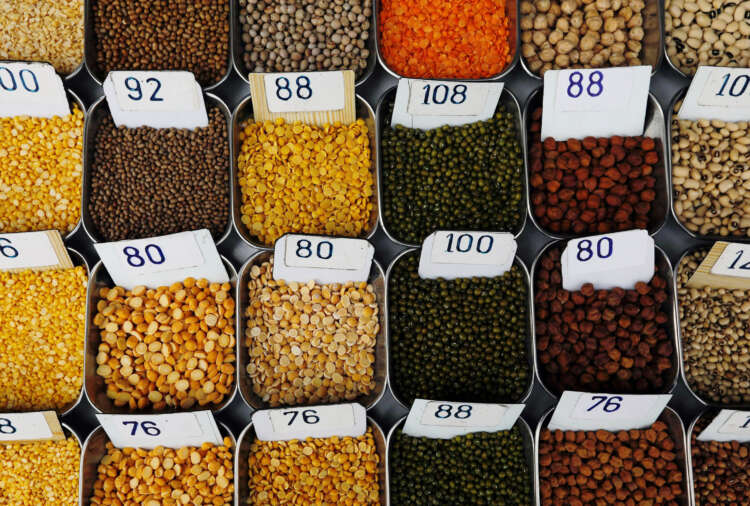Finance
Surging food import costs threaten world’s poorest, FAO warns

By Gus Trompiz
PARIS (Reuters) – Food imports costs across the world are expected to surge to record levels this year, piling pressure on many of the poorest countries whose economies have already been ravaged by the COVID-19 pandemic, the U.N. Food Agency said on Thursday.
These high costs may persist for a sustained period as nearly all agricultural commodities have become more expensive, while a rally in energy markets could raise farmers’ production costs, the Food and Agriculture Organization (FAO) said.
“The problem is not the world facing higher prices,” Josef Schmidhuber, deputy director of the FAO’s trade and markets division, told Reuters.
“The issue is vulnerable countries.”
The world’s food import bill, including shipping costs, is projected to reach $1.715 trillion this year, up 12% from $1.530 trillion in 2020, the FAO said in its twice-yearly Food Outlook report on Thursday.
While growth in agricultural trade during the pandemic has shown the resilience of international markets, price rises since late 2020 are raising risks for some import-dependent states, it added.
Nations classed as Low-Income Food-Deficit Countries by the FAO are forecast to see food import costs jump 20% this year, with tourism-reliant economies in a particularly precarious position, the agency said.
International aid organisations have already warned of rising numbers of malnourished people in the world as the pandemic has compounded food insecurity linked to conflict and poverty in states like Yemen and Nigeria.
The FAO’s monthly food price index hit a 10-year high in May, reflecting sharp rises for cereals, vegetable oils and sugar.
A separate index of food import costs, including freight costs that have also soared, reached a record in March this year, surpassing levels seen during previous food price spikes in 2006-2008 and 2010-2012, the FAO said.
Inflationary pressures have led countries like Argentina and Russia to impose export curbs.
CHINESE MAIZE TRADE
The FAO does not issue forecasts for its price index, but its import cost projection for 2021 assumed prices would stay high, Schmidhuber said.
“Eventually agriculture will come back to a normal situation but it will take some time,” he said.
A strong volume increase for staple food imports last year had already driven up global import costs by 3%, to a record high.
Exceptions were beverages and fish products, which are more sensitive to economic conditions and were hit by supply-chain difficulties, the FAO said.
China’s imports have been a driver of agricultural demand and prices in the past year, partly reflecting Beijing’s efforts to rebuild its pig industry after a disease outbreak.
Chinese maize (corn) imports in the upcoming 2021/22 season are set to rise to 24 million tonnes, the FAO forecast. This would mean China, expected to quadruple its maize imports to 22 million tonnes in 2020/21, would remain the world’s top importer of the cereal.
A recovery in Chinese pork output is expected to reduce global trade, offsetting growth in beef and poultry flows to leave overall meat trade stable this year, the FAO added.
(Reporting by Gus Trompiz; Editing by Alexander Smith and Pravin Char)

-
Business4 days ago
Mike Bahun and Fundraising University Make a Lasting Impact on Sports Programs Nationwide
-
Top Stories4 days ago
After VW plant victory, UAW sets its sights on Mercedes in Alabama
-
Investing4 days ago
Forex Market Trends to Watch Out For in 2024
-
Top Stories4 days ago
Hedge fund borrowing hits five-year peak, Goldman Sachs says







